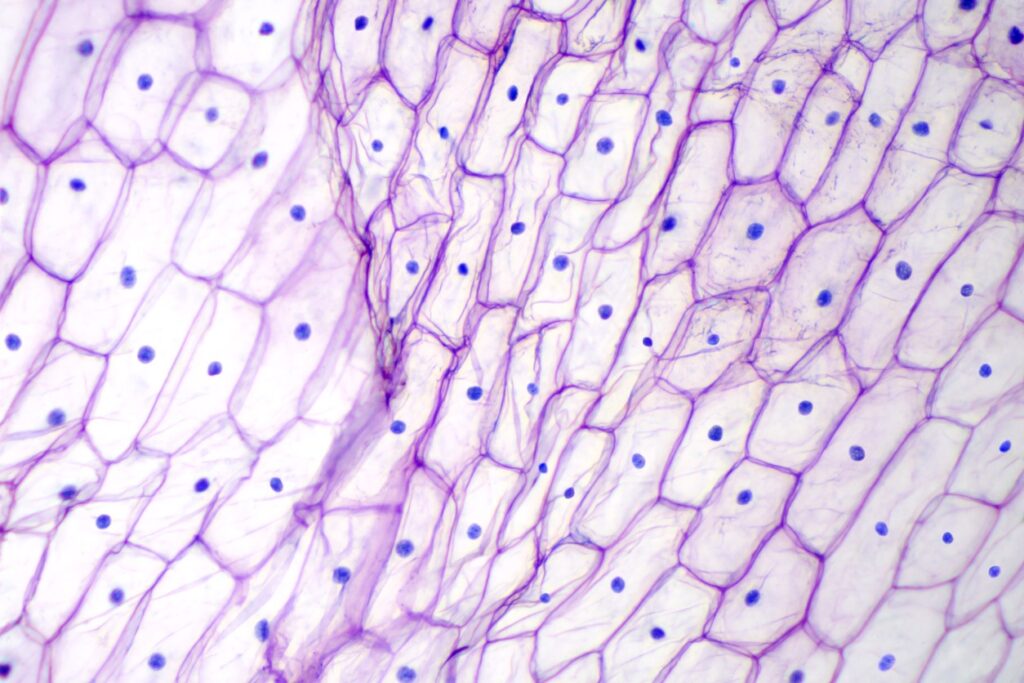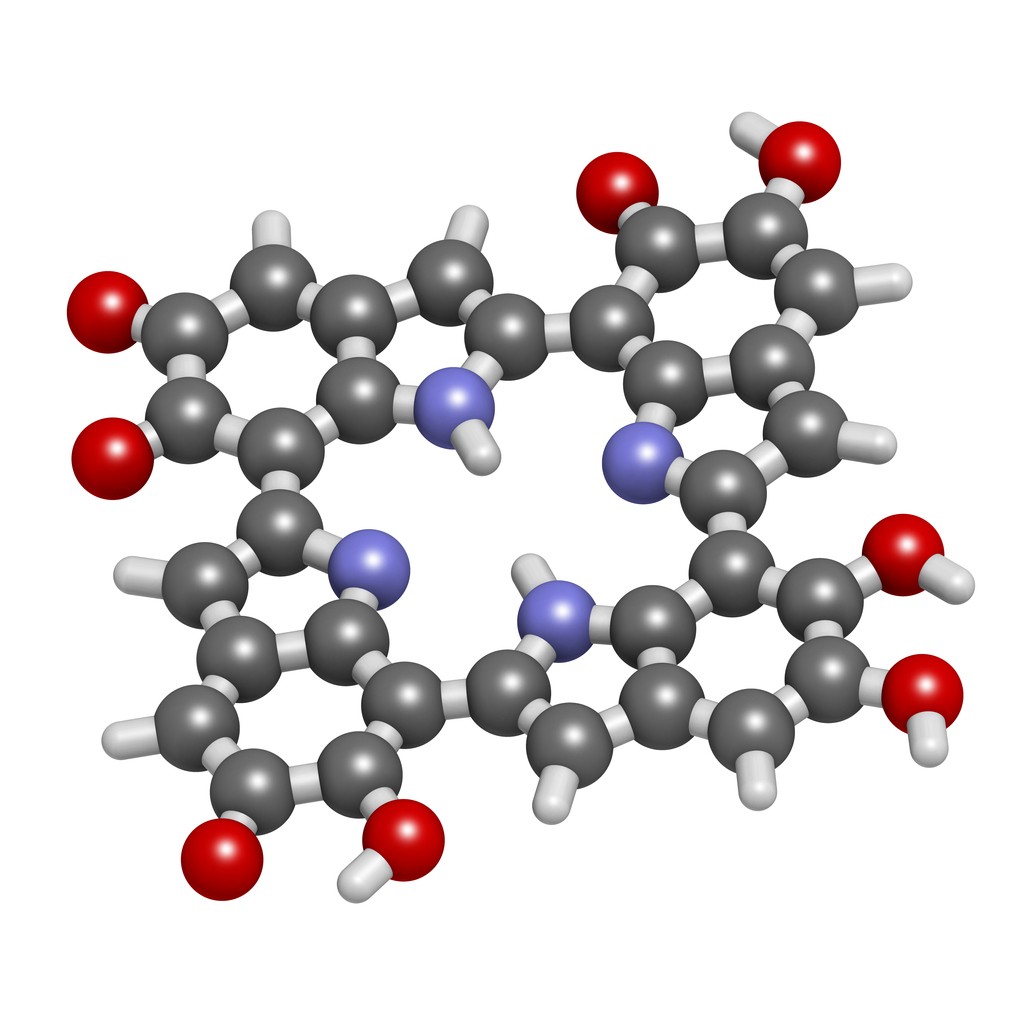Peptide Blog
All articles and shared info are for educational purposes only.
Latest Peptide Articles
Understanding Palmitoyl Tripeptide-3 (Pal AHK)
Pal AHK is a peptide also termed Palmitoyl Tripeptide-3. Experiments on Pal AHK suggest that the peptide can activate fibroblast production through its interaction with transforming growth factor-𝛽 (TGF-𝛽). Due to the peptide’s potential to enhance collagen production and reduce creasing across the skin structure, it has been widely researched. Pal AHK Peptide Overview...
Decapeptide-12 Research
Decapeptide-12 is considered to be an anti-tyrosinase peptide. The peptide has been suggested to inhibit the activities of tyrosinase, an enzyme that catalyzes the production of melanin and other pigments. According to research “tyrosinase activity and melanin production ... is controlled primarily by a post-translational regulation of pre-existing enzyme and not by regulating tyrosinase gene activity.” Tyrosinase...
Livagen – A Potential Bioregulator Peptide
Livagen is classified by scientists as a potential peptide bioregulator of the liver, GI tract, and immune system. Livagen peptide has been suggested to act on the DNA and gene expression patterns. The gene-activating potential of Livagen on the immune system and GI tract may stem from certain cell aging prevention characteristics of the peptide....
Research on the Thymalin Peptide
According to a preliminary rodent study, Thymalin peptide may potentially complement pulsed laser radiation for mitigating the proliferation of cancer cells in certain subtypes of cancer. Thymalin may potentially increase antibody-producing cells in the spleen. Nonathymulin peptide has been suggested in studies to have tumor mitigating characteristics, with one study reporting tumor development mitigation in...
GHRP-2 (Pralmorelin) and Growth Hormone Synthesis
GHRP-2, also known as Pralmorelin, is a synthetic peptide that researchers developed to potentially stimulate growth hormone secretion by binding to the growth/ghrelin hormone secretagogue receptor. GHRP-2 is the first growth hormone secretion promoter to be introduced. It has been lauded by scientists as a potential diagnostic peptide for growth hormone insufficiency and subsequent adrenal...
Understanding Peptide Bonds
How Is The Bond Created? When two amino acids form a covalent bond, it creates a peptide bond. The Carboxyl group of one amino acid may react with the second amino group of the other amino acid. This essentially forms a peptide bond. Due to this process, a molecule (amide) filled with water may be...
Peptide Solubility
How To Find The Best Peptide Solubility Option Figuring out the most effective solvent to dissolve peptides with is possibly one of the most difficult components when working with peptides and conducting research. Aqueous solutions–also known as sterile waters–are one way to dissolve peptides. Problems do, however, still arise with this method. Some issues you may...
Peptide Purification
Here you will find information on the different aspects of peptide purification that take place during the synthesis, different strategies and methods, and possible mistakes, such as impurities that may actually be removed by purification during the synthesis. Peptides are unique and complex. Due to this complexity, they can affect purification methods that work for...
Frag 176-191 and Growth Hormone Interaction
Frag 176-191, termed Lipolytic Fragment, is the modified version of AOD 9604. It is composed of a structural fragment of growth hormone. According to research, Frag 176-191 may potentially mimic certain characteristics of the parent protein. Fragment 176-191 may increase insulin levels without increasing insulin-like growth factor-1 (IGF-1) levels, which include mitigating carbohydrate metabolism, altering insulin...









